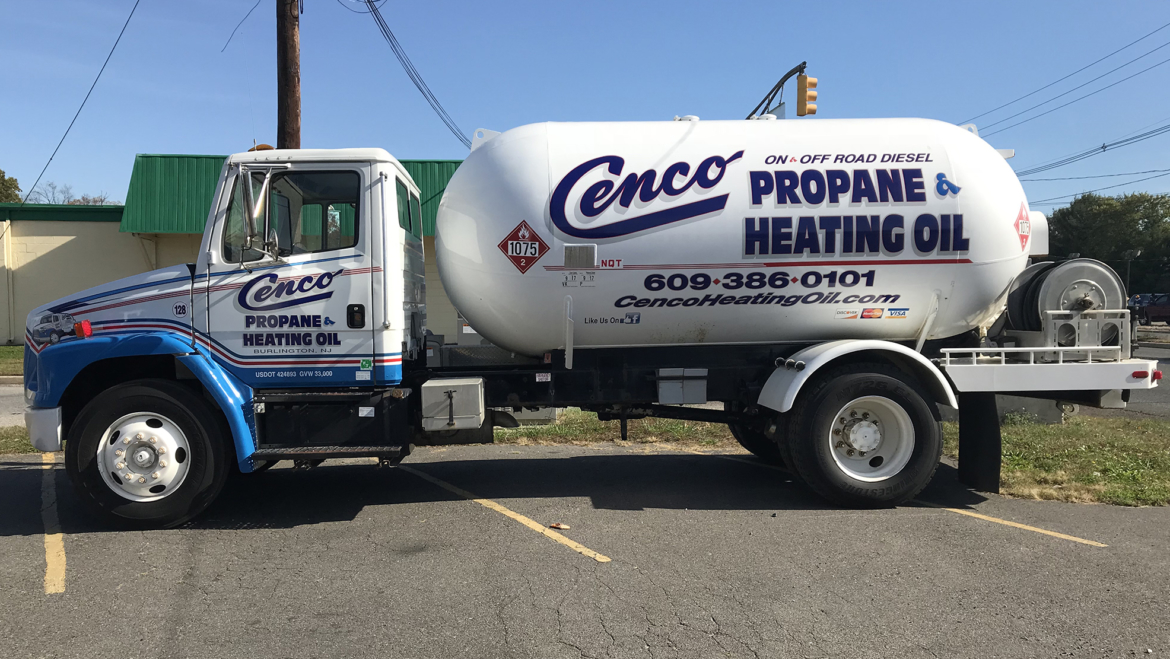With winter at an end and your fuel levels low from the heating season, it’s the ideal time to schedule your spring tank fill-up. Skipping the spring oil delivery can seem appealing, especially if you have enough fuel to last through most of the summer. However, the truth is, things can go wrong when your tank is at a quarter full for extended periods, and you won’t realize it until you’re paying to repair the damage.
Water Accumulation

Water accumulation is one of the main reasons to have your tank filled regularly. Water is almost impossible to keep out of fuel storage tanks. When a tank “breathes” through the tank vent, condensation builds up and moisture re-enters the tank. Rain can find various ways into outdoor tanks through those tank vents or improperly capped filling pipes. Water will be delivered along with your oil If your oil comes into contact with moisture during the distribution process, which can cause problems in various systems.
Water accumulation can affect the integrity of your storage tank and its ability to retain the oil by developing an environment that promotes bacterial and fungal growth. Water infested with bacteria or fungus can corrode your tank, eventually leading to an oil leak.
This process is referred to as microbial influenced corrosion (MIC). The presence of water in fuel storage tanks can also cause the degradation of the oil leading to a build-up of sludge, that can reduce efficiency as well as lead to further damage of equipment if sent into the system.
A full tank allows less space for water to build up, meaning less risk for you, so don’t wait until it’s too late. If you’re not signed up for an automatic delivery plan, call us today and set up a delivery to ensure your storage tank’s integrity.


You must be logged in to post a comment.